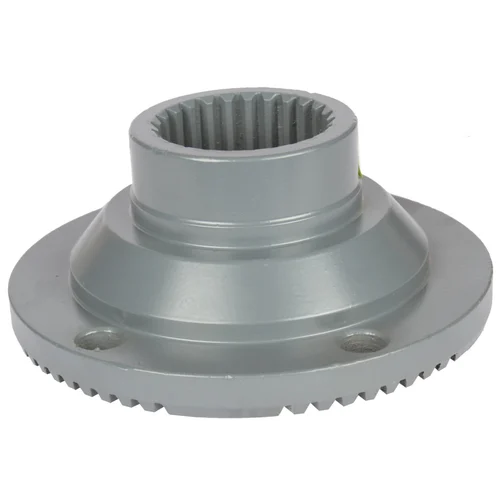What is a flange coupling used for?
A flange coupling is useful in pressurizing the piping systems where tubing ends or two pipes need to come together. The connecting methods for flange couplings are usually quite strong.
A differential coupling flange, also known as a differential flange, is a type of coupling used to connect two shafts in a rotating system. The purpose of a differential flange is to allow for small misalignments between the shafts while transmitting torque from one shaft to the other.
The differential flange consists of two flanges that are bolted together with a flexible coupling element in between. The flexible coupling element can be made of materials such as rubber or polyurethane, which allows it to absorb shock and vibration and compensate for any small misalignments between the shafts.
Differential flanges are commonly used in automotive drivetrains, where they allow for small variations in the alignment between the engine and the transmission or differential. They are also used in industrial applications where the two shafts being connected may not be perfectly aligned.
The Differential Flange is a simple and effective solution for connecting two rotating shafts while allowing for some degree of misalignment.
Flange couplings are of three major types:
- Unprotected type flange coupling.
- Protected type flange coupling.
- Marine type flange coupling.


